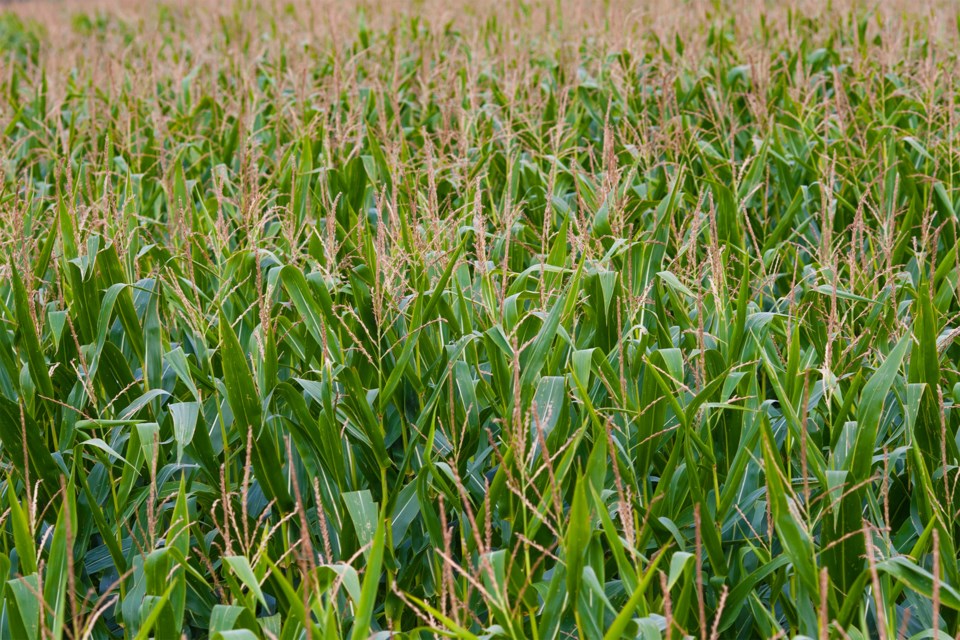The genetic modification of a small flowering plant was not an accident. But the results of the University of Guelph experiment could change the way plants grow.
A research team lead by biologist Michael Emes, a professor in the department of molecular and cellular biology, altered the genetics of the Arabidopsis plant by inserting a corn enzyme in it. Scientists use the plant for all sorts of experiments, Emes said in an interview. In this case, they wanted to look into the possibility of altering the structure of starch.
But while the team was looking for answers to other questions, it inadvertently discovered that the modified plant grew twice as big, and produced over 400 per cent more seeds. The discovery was published in the March issue of Plant Biotechnology Journal. Emes said the discovery is potentially huge.
"We had some ideas about how we could alter, or at least understand how the structure of starch is made," Emes explained. "That was what was behind it. In science, you get down in the weeds. And then you stand up and notice everything in front of you. We literally stood back and said, has anybody looked at the plants? It was kind of phenomenal. You could see that it was remarkable."
The skyrocketing rate of growth from inserting the corn enzyme could have far-reaching repercussions for agriculture. The genetic tweak could allow plants to produce more food, more plant-based fuel, and have greater capacity for carbon capture, according to a U of G press release.
Emes said even if the effects in a field-grown crop were less, such as only a tenth of what was realized in the lab, it could represent an increase in yield of 40 to 50 percent. The composition of the seeds were unchanged by the alteration.
Yields could be significantly increased in oilseed crops like soybean and canola, and in biofuel crops like camelina. And there could be a major environmental benefit as well. The larger plants grow the more atmospheric carbon dioxide they absorb. The potential is enormous, Emes said.
"We weren't setting out to build bigger and better plants," he said, adding that happy accidents often happen in science. He is thrilled about this one.
The next step will be to test canola and other crops using the procedure.
"We won't know until we've done it," he said.
Canola is a more complicated plant, and so additional research will take a lot of time.
